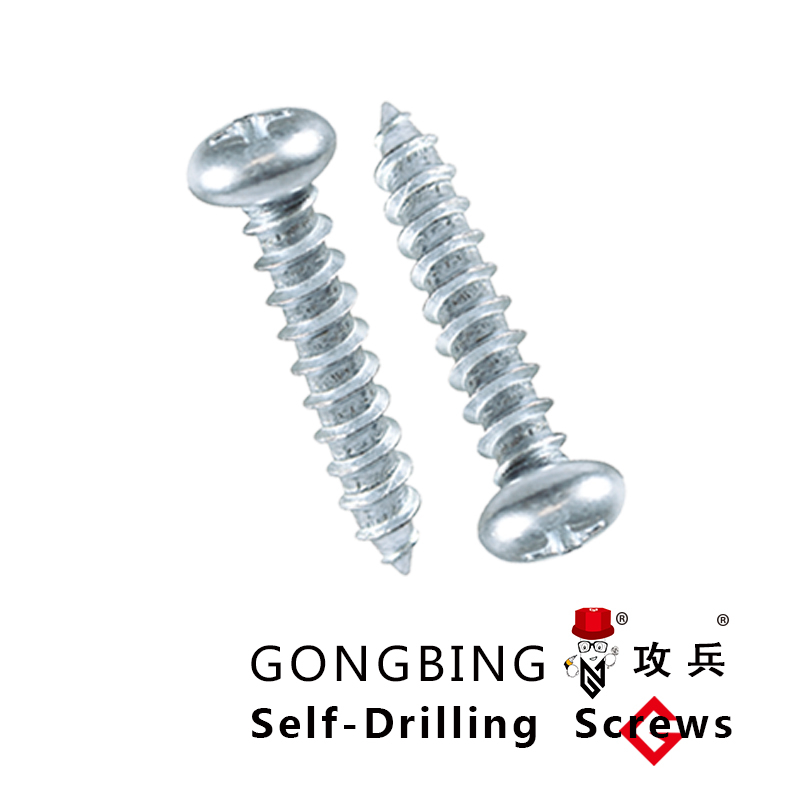chemical anchor studs
Understanding Chemical Anchor Studs A Comprehensive Overview
In the realm of construction and engineering, the importance of secure anchoring systems cannot be overstated. One innovation that has gained significant traction in recent years is the use of chemical anchor studs. These specialized fasteners provide a robust solution for securing structures to concrete and masonry, ensuring safety, durability, and resilience in various applications.
What are Chemical Anchor Studs?
Chemical anchor studs are fasteners that utilize a two-part epoxy or other chemical adhesive to bond securely within drilled holes in concrete or masonry substrates. Unlike traditional mechanical anchors, which rely solely on friction to hold in place, chemical anchors create a chemical bond that leads to superior load-bearing capacities and enhanced resistance to environmental factors.
These studs come in various types and sizes, allowing engineers and builders to select the appropriate anchor for specific applications. The primary components of a chemical anchor system are the anchor stud itself, a resin or adhesive, and a hardener. When mixed, these components undergo a chemical reaction that results in a strong bond with the surrounding material.
Benefits of Using Chemical Anchor Studs
1. Enhanced Load Capacity One of the standout features of chemical anchor studs is their ability to handle high load capacities. This is particularly advantageous in high-stress environments such as commercial buildings, bridges, and industrial facilities.
2. Resistance to Environmental Factors Chemical anchors provide superior resistance to moisture, chemicals, and temperature fluctuations. This durability makes them ideal for outdoor applications, as well as in environments exposed to harsh conditions.
3. Versatility Chemical anchor studs can be used in a wide range of materials, including concrete, brick, and block. This versatility allows for their application in diverse construction projects, from residential homes to heavy-duty industrial installations.
4. Faster Installation The installation of chemical anchor studs can often be completed more quickly compared to traditional anchors. The mixing and application process can be streamlined, resulting in reduced labor costs and expedited project timelines.
5. Reduced Risk of Failure The chemical bonding process minimizes the risk of anchor failure due to environmental factors or incorrect installation. This reliability is crucial for meeting safety standards and regulatory requirements in construction.
Installation Process
chemical anchor studs

The installation of chemical anchor studs involves several steps that must be followed meticulously to ensure optimal performance
1. Drilling A hole is drilled into the substrate using a hammer drill or rotary hammer, ensuring the depth and diameter are appropriate for the chosen anchor.
2. Cleaning the Hole It is crucial to clean the drilled hole of any dust, debris, or moisture. This step can involve the use of blow-out pumps or brushes to ensure a clear bonding surface.
3. Mixing the Adhesive The chemical adhesive is typically packaged in dual cartridges that require mixing before application. Following the manufacturer's instructions is vital to achieve the correct consistency and curing characteristics.
4. Filling the Hole The mixed adhesive is injected into the hole, followed by the insertion of the stud or bolt. Care must be taken to ensure the anchor is properly aligned.
5. Curing Once installed, the chemical anchor requires a curing period. This time can vary depending on the resin type and environmental conditions, but it is essential that the anchor is not subjected to loads until fully cured.
Applications
Chemical anchor studs are employed in a variety of applications, including
- Structural Steel Fabrication Used to secure steel beams and columns to concrete foundations. - Electrical and Mechanical Installations Supporting heavy equipment and machinery. - Parking Structures For securing barrier walls and other elements. - Renovation Projects Providing secure anchoring solutions in older buildings where traditional methods may be less effective.
Conclusion
In conclusion, chemical anchor studs have emerged as a vital component of modern construction practices, offering enhanced performance, reliability, and versatility. As the demands in construction continue to evolve, understanding and utilizing innovative anchoring solutions like chemical anchor studs will be crucial for ensuring the safety and longevity of structures. By leveraging their unique advantages, builders and engineers can confidently tackle projects of any scale, knowing they have a reliable fastening solution at their disposal.
-
Weatherproof Plastic Expansion Anchors for OutdoorNotíciesJun.06,2025
-
Sustainability in the Supply Chain: Eco-Friendly TEK Screws ProductionNotíciesJun.06,2025
-
Load-Bearing Capacity of External Insulation FixingsNotíciesJun.06,2025
-
Double Head Bolts: Enhancing Efficiency in Industrial MachineryNotíciesJun.06,2025
-
Corrosion Resistance in Chipboard Screws: Coatings for Wholesale DurabilityNotíciesJun.06,2025
-
Butterfly Toggle Bolts : Enhancing Structural ResilienceNotíciesJun.06,2025
